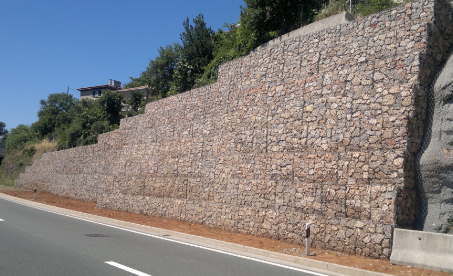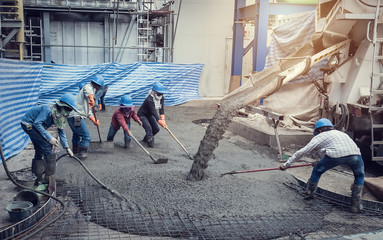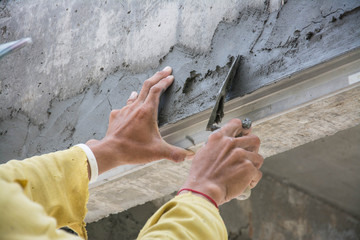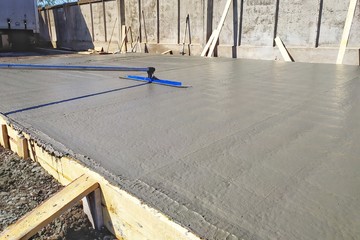Concrete Repair is a procedure used to restore a hardened concrete surface that has lost the ability to hold the binding concrete materials. The process includes a condition evaluation, determination of the cause of deterioration or distress, and selection of repair materials and methods.
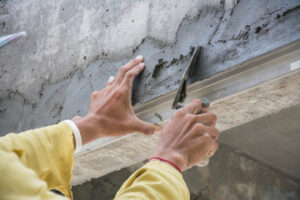
Concrete is one of the most commonly used materials in construction, and it can be both durable and aesthetically pleasing. Over time, however, concrete can deteriorate and need to be repaired. This can be done by using special patch and repair products.
A number of different products can be used for repairing concrete, and each has its own advantages and disadvantages. Some products are more cost-effective and easier to use than others. They also come in a variety of colors and finishes.
Some of the most common repair products include patching mixes, sealers, and epoxies. These products can be purchased at most home improvement stores and can help to save a homeowner money by preventing costly repairs in the future.
For example, if you have an area that has been damaged due to heavy traffic, it is possible to purchase a product that can help prevent the damage from occurring again by coating the surface with an epoxy. The epoxy can be applied over the existing crack and is bonded to the concrete using a bonding agent.
Other types of materials are also available for repairing concrete, including sealers and adhesives. They can be applied to the surface and are more effective for sealing out dirt and oil, which can cause damage to your concrete.
In addition, these products can also be used to cover minor imperfections in your concrete surface. They are also more affordable than liquid coatings.
The preparation of concrete for repair is not only important for maintaining the integrity and appearance of the final product, but it can also be important for determining whether the repair will be successful. This involves creating a proper surface profile, cleaning the concrete, and identifying any surface defects that need to be repaired.
Proposed surface preparation specifications should detail cleaning methods, concrete profiling method, and any repair procedures for any surface defects. They should also specify when the concrete is to be saturated and at what moisture level it is to be brought to.
Once the surface is properly prepared, the concrete will need to be placed in place. The repair concrete should be mixed and placed in place before the surrounding concrete is dry to ensure a good bonding bond. The placement of the new concrete should be supervised by an experienced professional.
When repairing concrete, the selection of repair materials plays a key role in achieving successful results. It is crucial to choose the right repair material that is compatible with the substrate and will provide long-term performance and durability. Using the correct repair material can save money by reducing premature failure and avoiding the need for expensive replacements.
Selecting the correct material is a complex process and requires consideration of many factors. Some of the most important considerations include dimensional characteristics, tensile and flexural strength, bond strength, water vapor transmission, sulfate resistance, abrasion resistance, freeze/thaw resistance and workability.
Modulus of elasticity, Poisson’s ratio and thermal expansion coefficient are some dimensional criteria to consider. Stiffer materials deform less under load than lower modulus ones. The elastic modulus of the repair material should be similar to the base material in order to maximize load transfer and minimize cracking.
The permeability of the repair material should also be similar to that of the concrete base. This is important because it protects the concrete from carbonation and chloride ion penetration. It is also a good idea to use a material that has low shrinkage, so it can be placed over older concrete without experiencing drying shrinkage, which can cause debonding and damage the bond between the repair and the substrate.
There are several types of bond tests that can be used to determine the bond between the repair material and concrete base. These include flexural bond strength tests, slant shear bond strength tests and pull-out testing. Additionally, core pull-put bond strength tests are useful for determining the tensile resistance of the interface.

